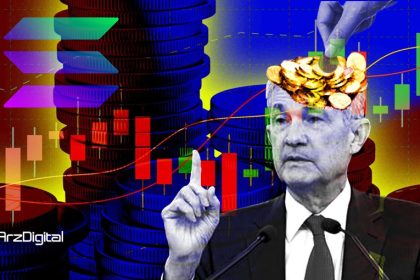The launch of nine new Ethereum (ETH) futures exchange-traded funds (ETFs) on October 2nd has created a lot of excitement in the cryptocurrency industry, but investing in them has not been as expected. Of these nine funds, only five ETFs exclusively include Ethereum futures, and the other four ETFs offer a mix of Bitcoin (BTC) and ETH futures.
On the first day, the trading volume of all nine ETFs totaled less than $2 million, which is a relatively modest number. The most popular ETF among the 9 listed ETFs was BTF Valkyrie, which tracks both Bitcoin and Ethereum futures, with a trading volume of $882,000. It’s worth noting that BTF previously operated as a Bitcoin futures ETF, and recently added Ethereum futures.
Beginning
In comparison, the trading volume of Ethereum ETFs was much lower than that of Bitcoin Proshares ETF called BITO. It is not bad to know that BITO was launched in October 2021 in the midst of a booming cryptocurrency market and witnessed a transaction volume of over one billion dollars on its first day. Although trading volume for Ethereum futures ETFs was low compared to traditional financial ETFs, Eric Balchunas, senior ETF analyst at Bloomberg, found it significant. He noted that investors generally prefer spot ETF products to futures investment products.
Meanwhile, asset management firm Greyscale, in partnership with NYSE Arca, has filed with the US Securities and Exchange Commission (SEC) to convert its Ethereum-based mutual fund (ETHE) into an ETF. ETHE is currently the largest Ethereum-based investment product globally, with nearly $5 billion in assets under management.
Grayscale CEO Michael Sonnenschein believes that this move will be an important step in bringing Ethereum under US regulatory purview. Grayscale is also awaiting SEC approval to convert its Bitcoin-based mutual fund (GBTC) into a spot ETF.
Cointelegraph
RCO NEWS
















